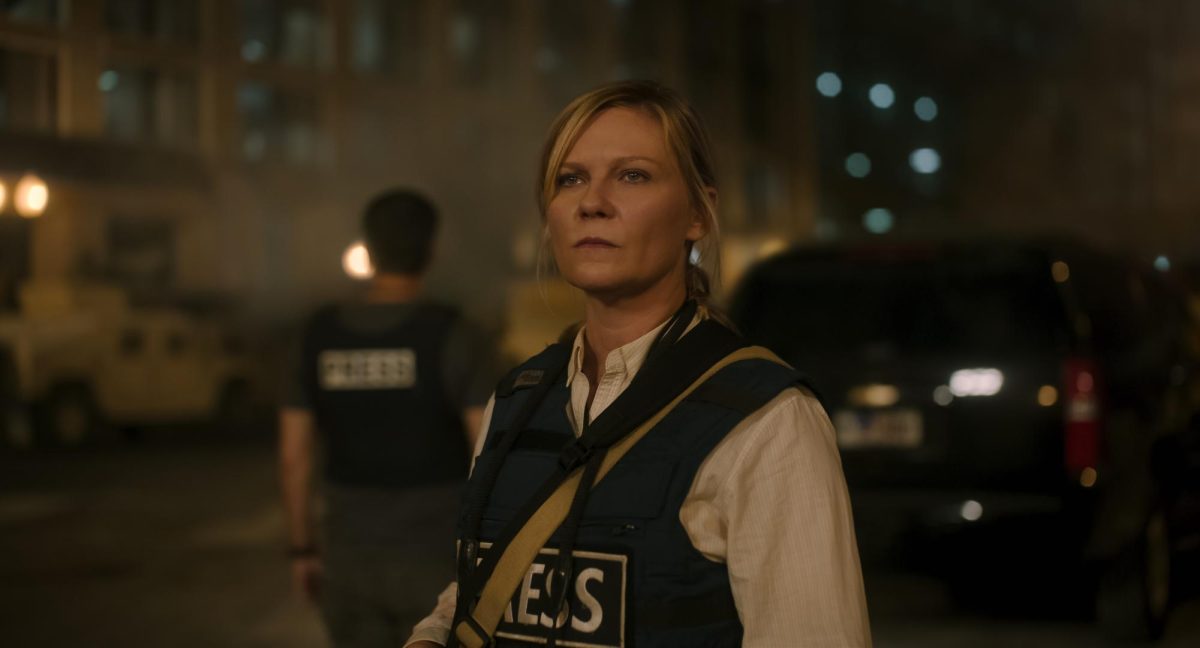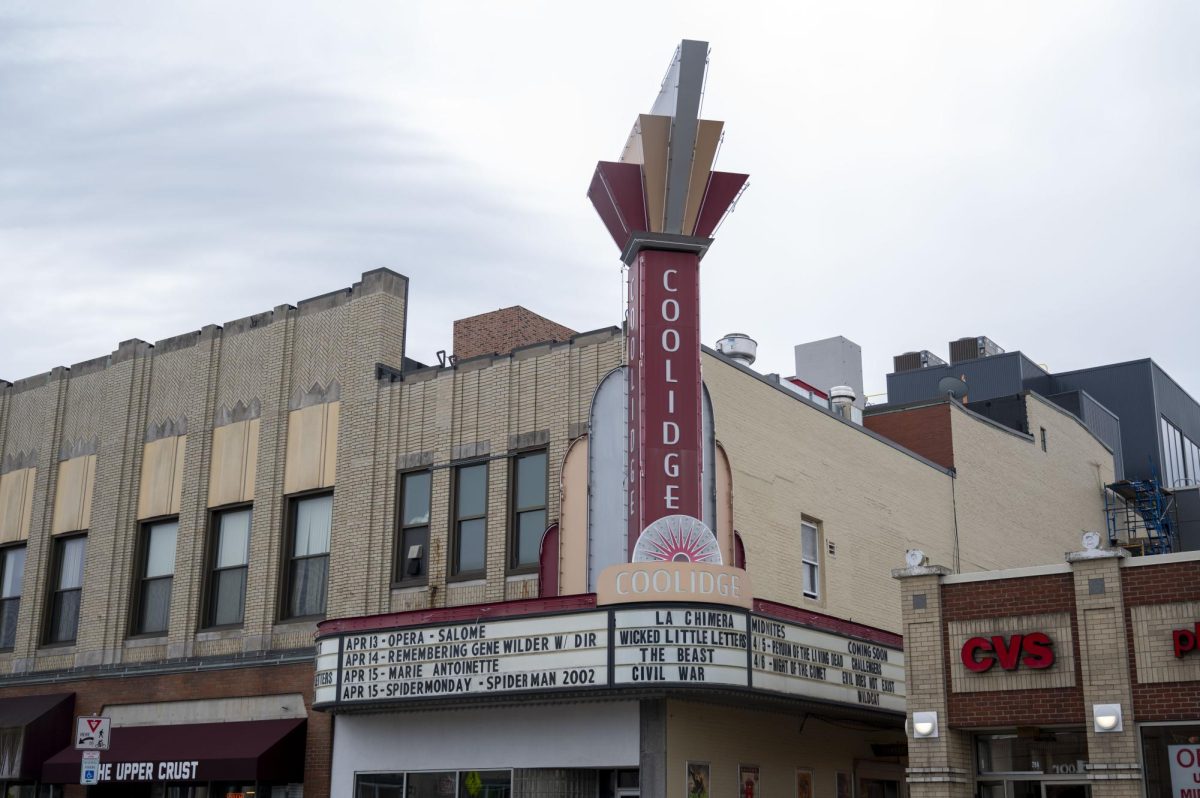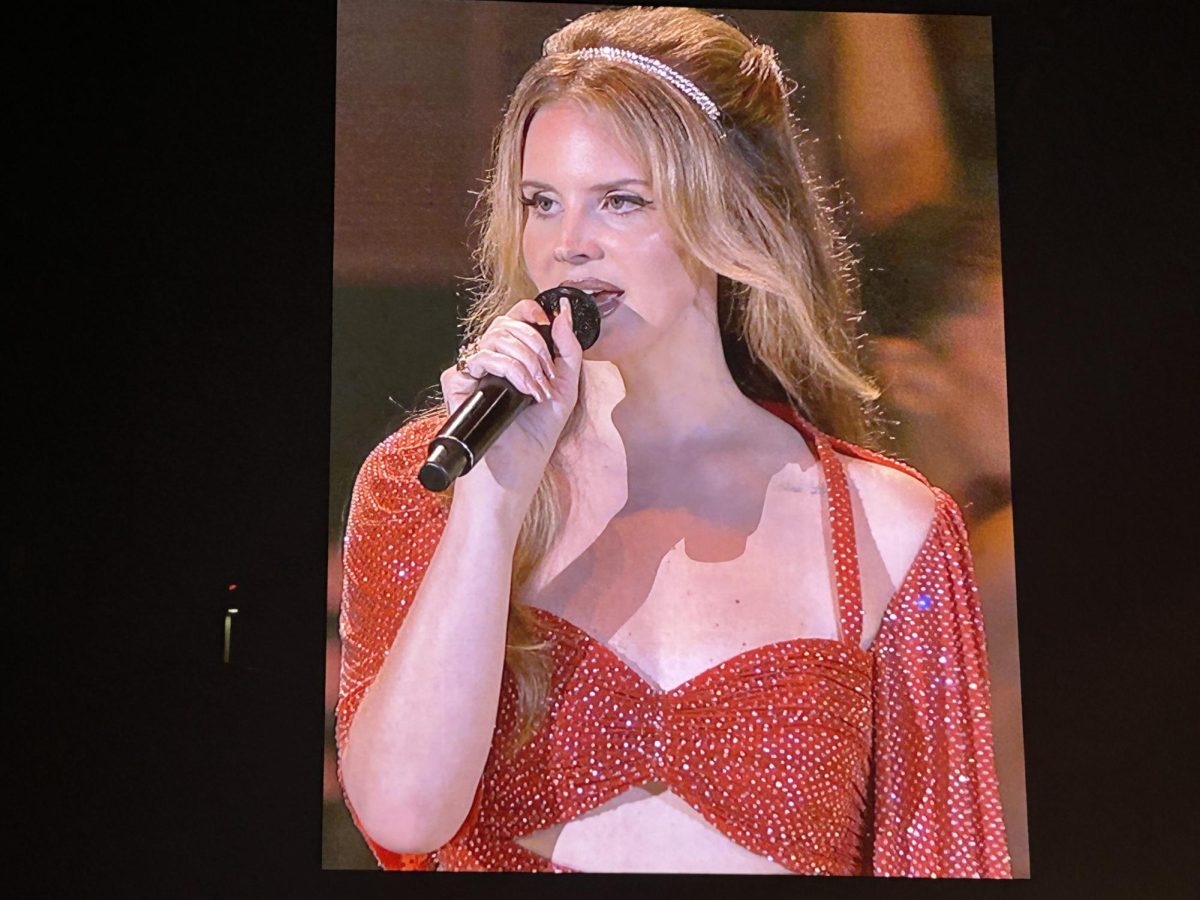For most Americans, the idea of civil war is one restricted to the confines of a classroom. Vague images of good triumphing over evil resound in United States history. So far removed, it’s challenging to conceive of states in the modern era engaging in serious warfare. Alex Garland’s new film “Civil War” tries to make it easier to imagine.
Garland carries audiences through a modern dystopia of death, civil unrest and political turmoil. But ultimately, his writing and direction lack the grace and tact needed to address a topic of this magnitude.
The story follows wartime photographer Lee Smith (Kirsten Dunst) and her team of fellow journalists en route to Washington, D.C. As the title suggests, the United States is entrenched in a full-scale civil war: The Western Forces, composed of California and Texas, seemingly have the upper hand. Lee and her partner Joel (Wagner Moura) intend to photograph and interview the president before rebel forces take over the Capitol.
This film is characterized by a series of disappointments. While Dunst provides audiences with a riveting performance, the quality of her acting is overshadowed by frustrating gaps in the story. The conflict that originally plunged the United States into the civil war is shrouded in mystery and vague allusions. Until the film’s end, viewers are left wondering what they are even watching. In an interview on “The Q with Tom Power,” Garland explains the inspiration behind his film, which raises more questions than answers.
“It was a kind of growing ambient sense of concern that I think was shared by a lot of people, and it came in lots and lots of different areas,” he said. “They were concerns loosely based around stuff to do with polarization and division and all that stuff.”
Throughout the film, Garland expresses this polarization in gruesome ways. Graphic scenes depict mass graves, a man being burnt alive, two men being tortured, police brutality and countless other images of death. With little indication of what exact injustice dissenters are fighting against, each instance of brutality feels disjointed and unsavory. Removed from context, the only practical function of the violence in “Civil War” is to shock audiences. Garland defends this vagueness staunchly.
“The film is trying to function like a reporter itself,” he said. “It’s trying to remove its own bias in just showing you a sequence of events in the way a journalist would.”
This assertion marks the very root of the inadequacy of “Civil War.” Garland references how the goal of Lee’s reporting was to warn against the injustices she previously photographed when working abroad. The clear message, he said, was “Don’t do this.” This begs the obvious question: Don’t do what?
A photograph is meaningless without context — journalists understand this better than anyone. Take the famous image of “Tank Man,” for instance. Perhaps the tanks were parked or out of use. Maybe he was only looking at the machines, and motivated by curiosity. These speculations provide different shades of meaning to the same photograph. In actuality, “Tank Man” represents a class struggle against the 1989 Chinese government, guilty of slaughtering its own civilians just one day prior in Tiananmen Square. In the wake of this event, this protester used his physical body to prevent Chinese military tanks from passing.
“Civil War” is filled with graphic imagery. Garland captures a sense of undeniable beauty within each scene — an impressive feat given the grotesque nature of their contents. Each independent composition truly feels like a Pulitzer-worthy photograph. While artfully shot, the extremity of these depictions without any context borders on disrespectful; they are not entirely fictitious, and have roots in extremely sensitive topics. Following the murder of George Floyd, for example, roughly 4,700 protests arose by July 2020, which resulted in more than 13,000 arrests. Garland’s attempt at political commentary feels lazy and half-baked, capitalizing off growing civil unrest while glossing over its potential causes.
By hyper-focusing on the issue of polarization, the film insinuates that America’s real problem is divisiveness itself, rather than a symptom of a larger issue. One can’t help but recall the infamous 2017 Pepsi advertisement featuring Kendall Jenner. The video, shot during a time of increased Black Lives Matter demonstrations, depicts a vague protest for peace, and Jenner reaches unity between the protestors and police simply by handing an officer a can of Pepsi. Garland’s oversimplification of turbulent political times mirrors this campaign.
Though “Civil War” had real potential, it failed to provide interesting critiques. Is this all audiences can hope for? Are vague calls for unity amidst injustice the proper function of political commentary? For the country’s sake, citizens ought to reply with a resounding “no.”











